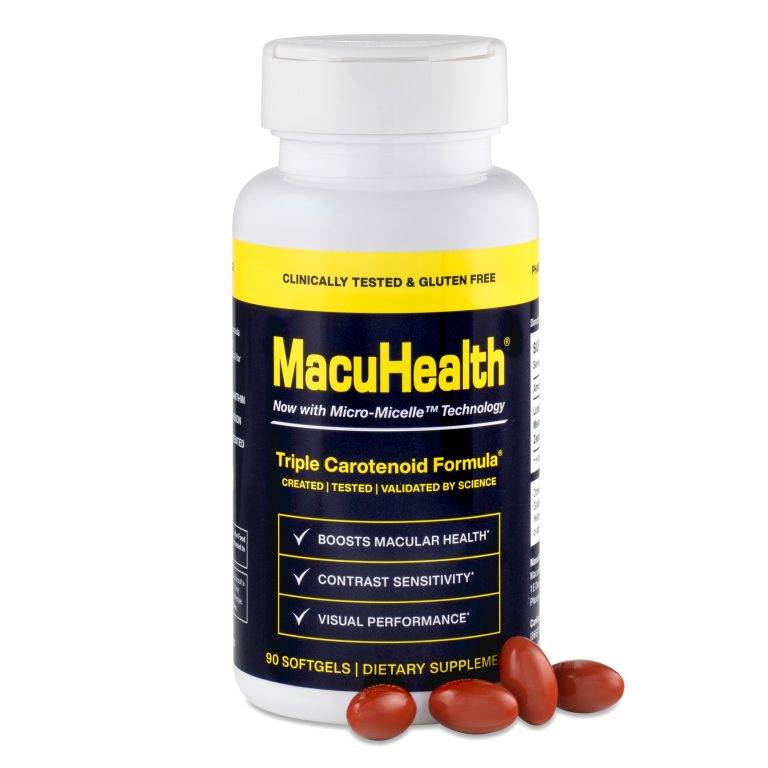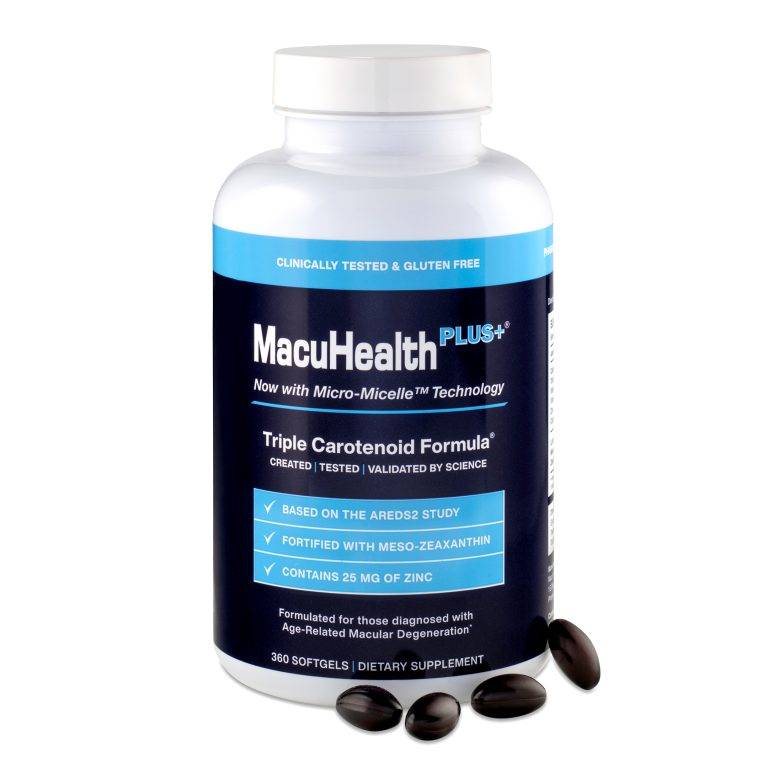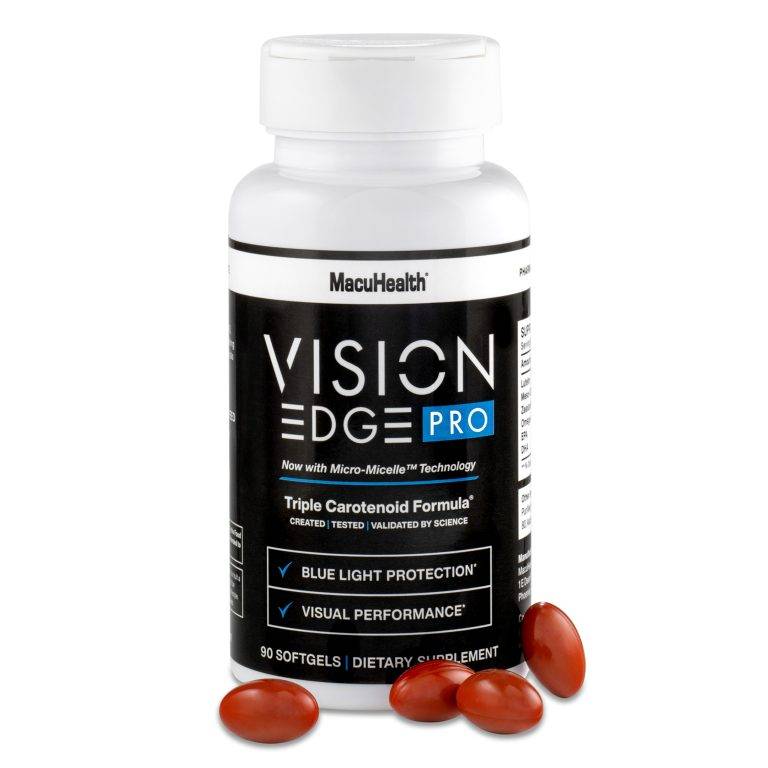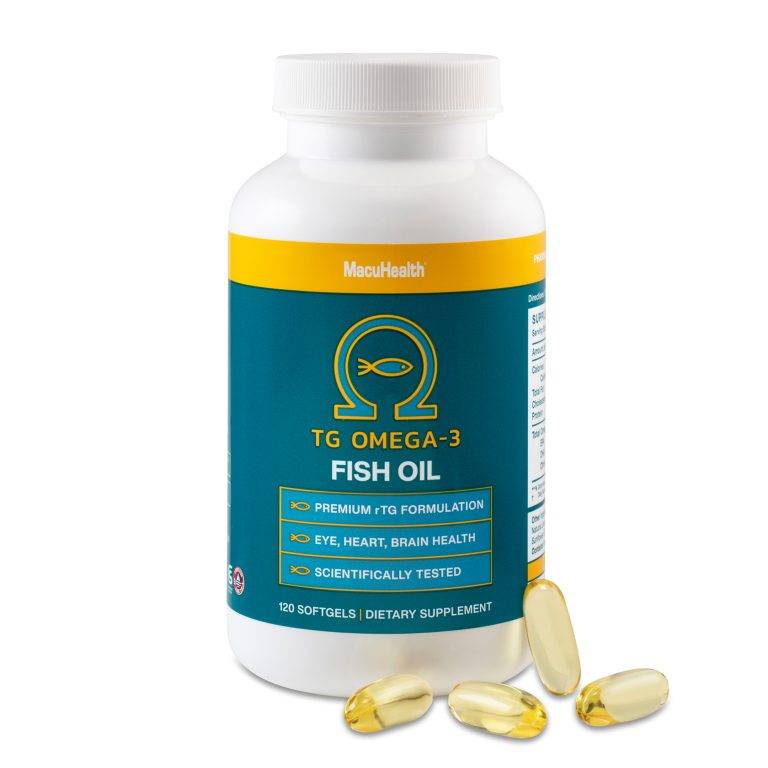SUBSCRIBE AND SAVE! | SIGN ME UP!

Written by MacuHealth
Reviewed by Jim Stringham, Ph.D.
Omega-3 supplements are becoming more popular, especially those utilizing fish oil as an ingredient. Healthcare providers and optometrists are recommending patients increase their intake of this ingredient. According to recent studies, these polyunsaturated fatty acids are considered “good fats” because of their numerous benefits to the heart, brain and eyes. Yet many Americans fall short of the recommended intake of Omega-3s.
But when patients go to their local pharmacy or healthcare store, they see countless fish oil supplements on their shelves with many different formulas and price points. They’re confused about which one to choose. Many questions come to mind, such as: “What are EPA and DHA?” and “Which formula is the best?”
To help consumers make the best decision based on their health needs, we’ll look at the importance of certain ingredients in Omega-3 fish oil.
You might need to learn a whole new alphabet when looking at the label of a fish oil supplement. Be sure to check the letters in the active ingredients. You’ll find that many lower-cost bottles feature an Omega-6 called gamma-Linolenic acid, or GLA.
GLA can produce good results for the body as it has some anti-inflammatory properties. But it can also have potentially unhealthy consequences. The body can convert GLA into arachidonic acid, or ARA, which tends to be inflammatory. And because this ingredient is in poultry, eggs and red meat, Americans potentially have too much ARA in their diet. That can cause more inflammation, not less, leading to pain and swelling.
One more thing to look for when shopping for a high-quality fish oil product is if the base formulation is “re-esterified triglyceride” (rTG) or “ethyl ester” (EE). Re-esterified triglyceride is natural, recognized by the body and has high bioavailability. Ethyl ester is cheaper and easier to produce. But it has ethanol as its backbone, leading to health problems and lower bioavailability.
Then what letters should you be looking for on a fish oil supplement label? When it comes to reducing inflammation and dry eye symptoms, the research shows that EPA and DHA are the best. But what are EPA and DHA? We’ll explore what sets them apart from GLA below.
According to SFGate.com, EPA and DHA are long-chain polyunsaturated fats with 14 or more carbons that have numerous health benefits. For example, your doctor may prescribe a steroid because of its anti-inflammatory properties. However, these drugs have serious side effects, including stomach pain, indigestion and an increased appetite. But the secret power of EPA is its ability to act like a steroid without the nasty side effects. EPA inhibits the enzyme that produces ARA, which can cause inflammation on the cellular level.
It can be said that the more EPA you have in your system, the less harmful inflammation you’ll have in your body. It can ease the symptoms of arthritis, inflammatory bowel syndrome and other autoimmune disorders. EPA can also decrease the risk of obesity, heart disease, diabetes, depression, cancer and other diseases.
DHA also has benefits for the brain and eyes and is critical to neural performance. It increases the speed of nerve signals, enhancing visual and cognitive performance and leading to improved reaction time, contrast sensitivity, and accuracy. And when EPA and DHA work together, it provides optimal benefits to the body.
We’ve answered the question: What are EPA and DHA? And despite the scientific evidence proving the importance of omega-3s to our vision and overall health, getting them into our diet is difficult. The body only receives these essential fatty acids through food such as fish, shellfish, algae or supplementation.
Taking a pharmaceutical-grade fish oil supplement delivers a safe and proven way to boost our vision, brain, and heart function. Because of evidence showing the benefits of taking EPA and DHA, MacuHealth developed TG Omega-3 Fish Oil to help patients meet current health demands.
TG Omega-3 is a natural re-esterified triglyceride formulation that is purified up to five times to eliminate toxins, impurities and fishy taste. TG Omega-3 offers 2,200 mg of EPA and DHA combined per serving. Next time you shop for fish oil, check the label to see if it has the correct formulation to give your body the boost it needs.

Formulated by scientists and clinically proven to support eye health for both healthy and diseased eyes.

Based on the AREDS2 formula with 10 mg of Meso-Zeaxanthin and reduced levels of zinc for the ultimate defense against AMD.

Created for those wanting to protect against blue light and improve visual performance for everyday maintenance.

Sourced from small, open-water catch fish from the coast of Chile, TG Omega-3 provides customized dosing for patient specific needs.